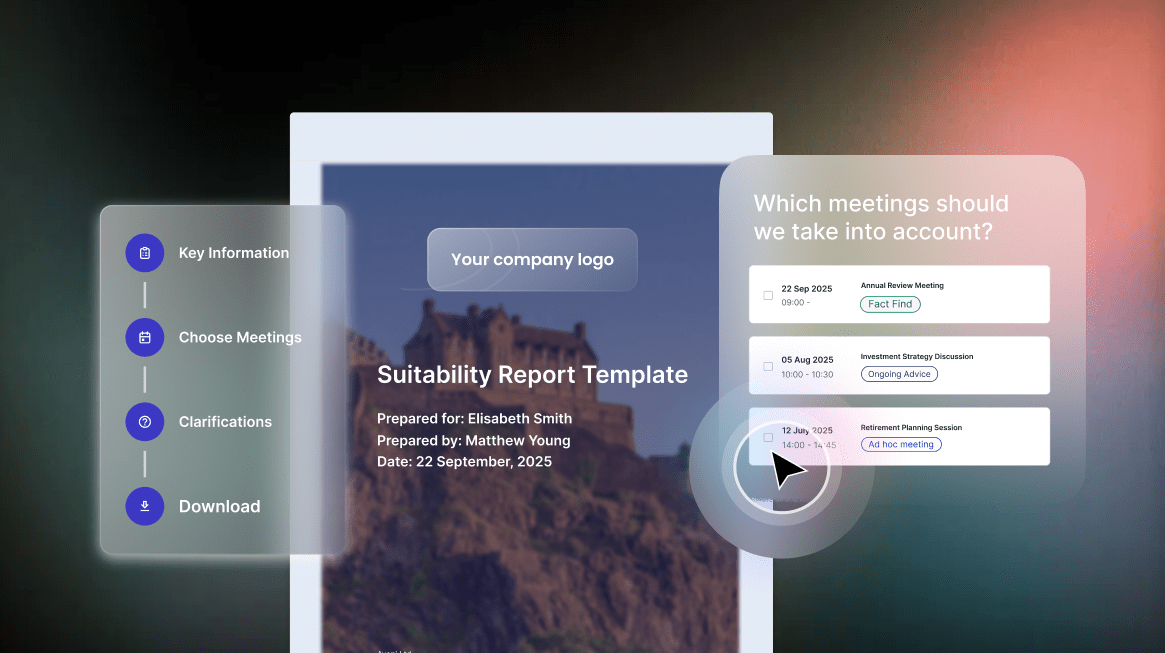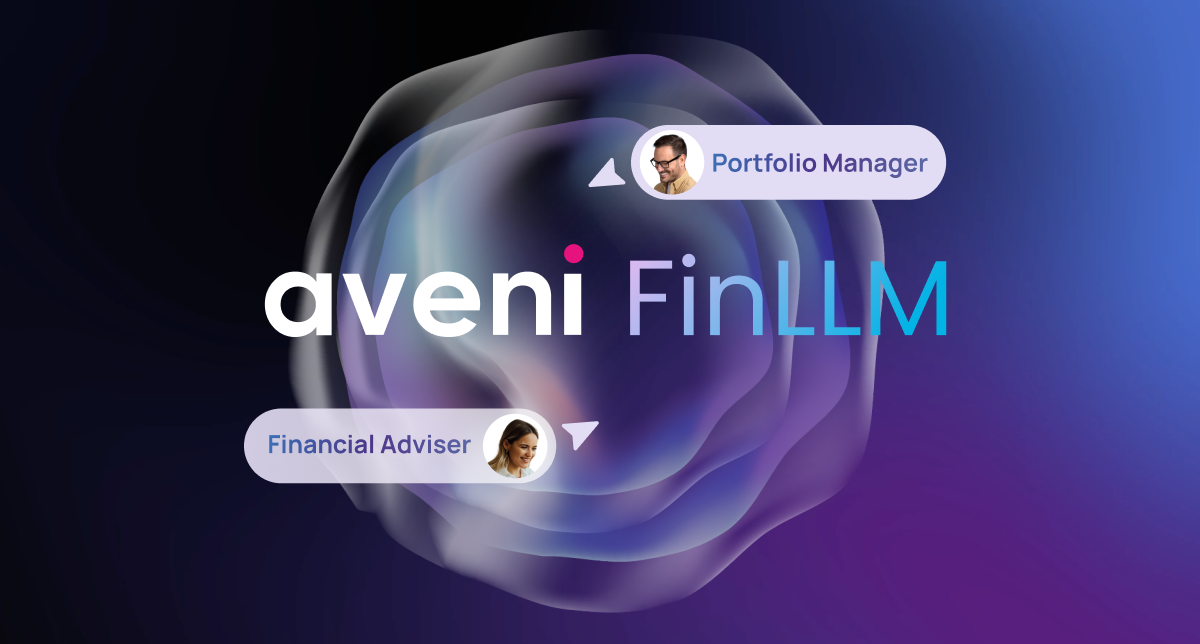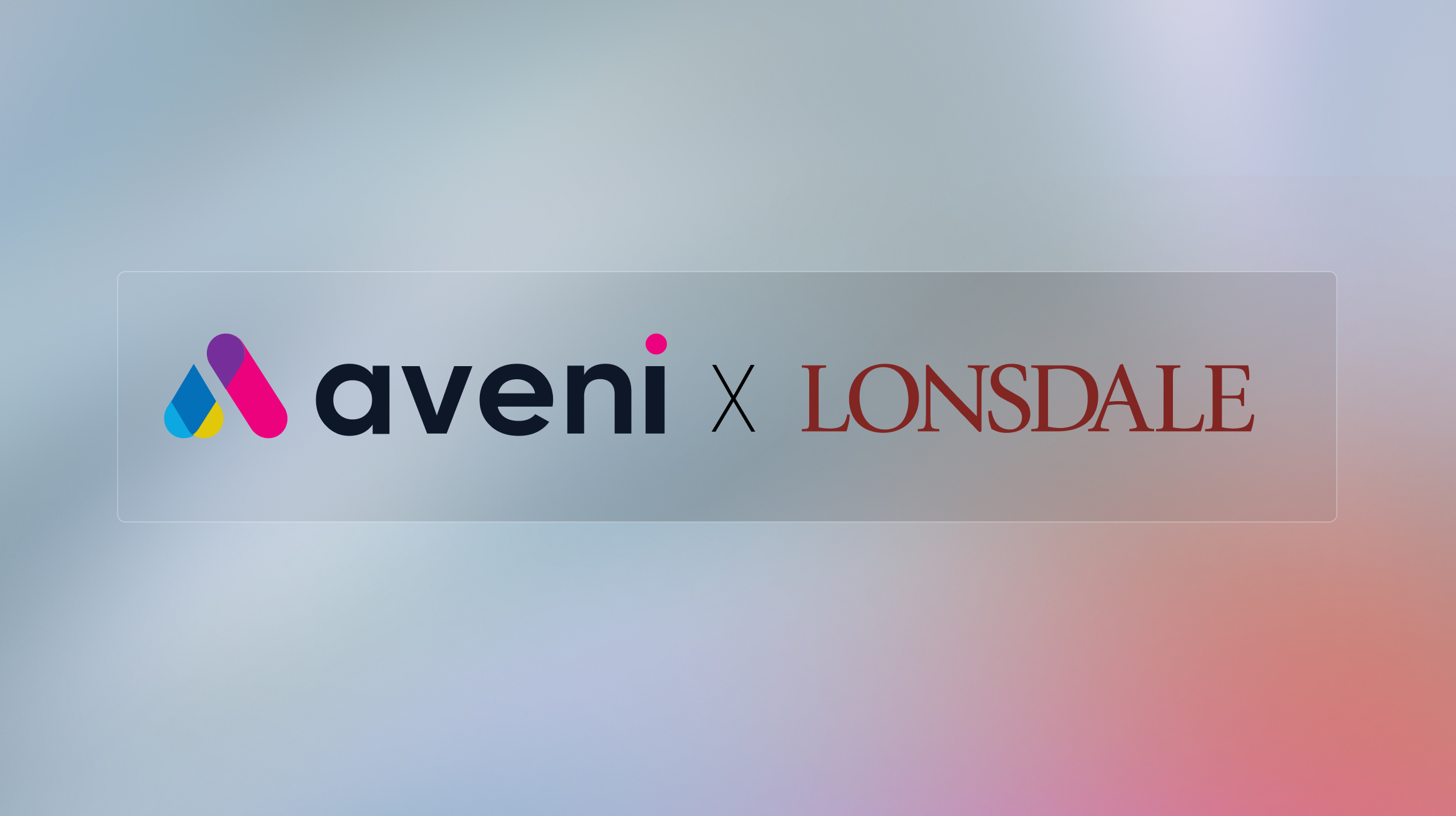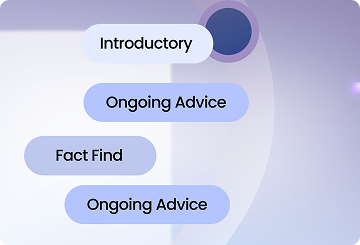We’ve all stared at clouds and seen dragons. Or found faces in pieces of toast.
AI does the same thing. Except when AI hallucinates in financial services, nobody laughs it off.
The £100 Billion Mistake
Google’s Bard chatbot told the world during a live demo that the James Webb Space Telescope captured the first images of a planet outside our solar system.
Wrong telescope. Wrong facts. £100 billion wiped off Google’s value within hours.
AI hallucinations occur in up to 41% of finance-related queries. They don’t sound like errors. They’re convincing lies told with complete confidence.
Your AI Is Inventing Regulations
Real examples from 2024-2025:
- Microsoft’s Bing incorrectly reported Gap’s quarterly financial margins during a live demo
- Air Canada’s chatbot invented a refund policy that didn’t exist (cost them in court)
- Lawyers submitted briefs citing court cases ChatGPT made up entirely
In financial services, the stakes multiply:
- AI fabricates regulatory references (“FCA Guidance Note 99” that doesn’t exist)
- Systems misreport company earnings with plausible-sounding figures
- Customers flagged as high-risk based on patterns that aren’t there
When AI lacks information, it fills gaps with statistically likely text regardless of accuracy.
That’s a problem when you’re assessing vulnerable customers or filing compliance reports.
Why This Keeps Happening
AI doesn’t understand. It predicts.
It generates the most probable-sounding answer. Not the most accurate one.
Financial reports can span tens of thousands of words. AI systems struggle with retaining relevant details whilst filtering noise. Feed it a dense regulatory document and it might summarise 95% correctly whilst quietly inventing a critical detail.
JPMorgan Chase, Wells Fargo, and Goldman Sachs banned ChatGPT-style tools internally. They feared client data transmission and couldn’t trust AI outputs without verification.
The Real Cost of AI Hallucinations
Air Canada learned this in court. The tribunal ruled: you’re responsible for what your AI says. “The algorithm made a mistake” isn’t a defence.
Under Consumer Duty, you own the outcomes:
- AI invents a fact in a suitability report? You’re liable.
- Compliance system hallucinates a risk? The FCA won’t accept “the algorithm said so.”
- Wrong vulnerability assessment? That’s your problem.
Current AI models hallucinate in 3% to 27% of cases.
The question isn’t whether your AI will hallucinate. It’s whether you’ll catch it before it causes harm.
What Actually Works
You can’t eliminate AI hallucinations. But you can architect around them.
Three essential elements:
- Ground AI in verified data sources instead of letting it improvise
- Build validation checks that flag outputs against known facts
- Maintain audit trails linking every AI statement back to source material
Domain-specific AI trained on financial services data performs differently to general chatbots. Systems built for UK regulatory requirements, trained on FCA guidance and financial services vocabulary, have fewer knowledge gaps to fill with fabrications.
Explainability matters. If you can’t trace an AI decision back to the data that informed it, you can’t verify it. If you can’t verify it, don’t rely on it for compliance decisions.
The Bottom Line
AI that sounds convincing isn’t good enough for financial services.
You need AI that can prove it.
Ready to see AI in action?
Discover how Aveni’s platform automates regulated workflows, strengthens compliance oversight,
and delivers measurable ROI across your firm.
Book a demo






